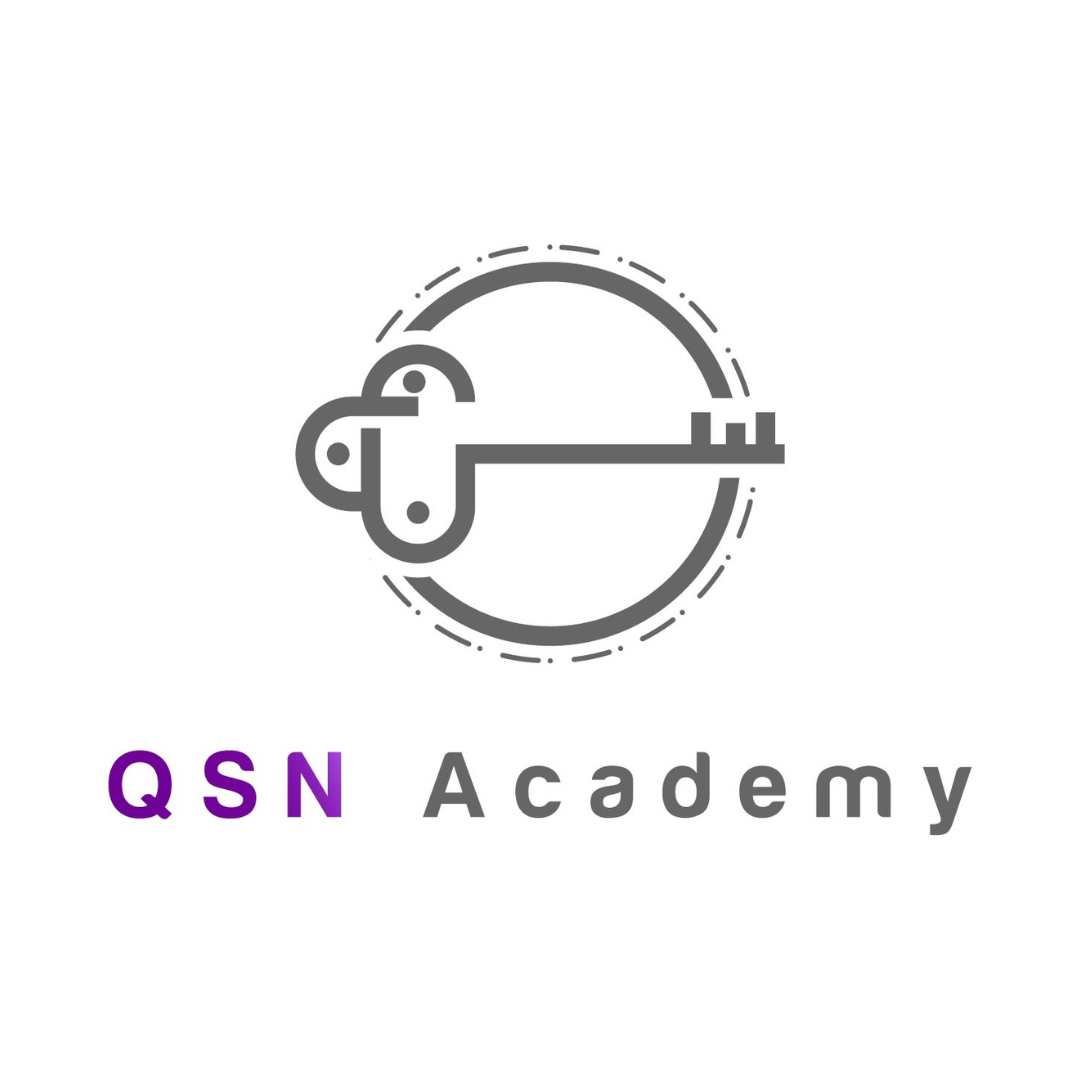
How to Move From Research Mode to a Regulated Mindset
Transitioning a therapeutic goods project from research and development into a regulated environment is one of the most critical steps for startups, biotechnology companies, and laboratories. While early-stage research prioritises innovation, exploration, and discovery, regulated environments require rigorous adherence to Good Manufacturing Practice (GMP), ISO standards, and local regulatory requirements such as those enforced by the TGA or FDA. Failing to make this transition early can result in costly rework, compliance issues, and delays in bringing products to market.
At QSN Academy, we help organisations and teams move seamlessly from research mode to a regulated mindset by embedding regulatory thinking, risk management, and quality principles into daily operations. This article outlines the key differences between research and regulated environments, the practical steps for developing a regulated mindset, and strategies to integrate compliance without stifling innovation.
Understanding the Difference Between Research Mode and Regulated Environments
In research mode, the focus is typically on scientific discovery, proof-of-concept studies, and experimental flexibility. Researchers often prioritise speed, hypothesis testing, and creative problem-solving over strict adherence to documentation, controlled processes, or standardised methods. This approach is ideal for generating new knowledge but is incompatible with regulated manufacturing or clinical development.
Regulated environments, by contrast, require:
Documented processes: Procedures must be standardised, auditable, and repeatable.
Data integrity: All records must be accurate, contemporaneous, and traceable.
Risk management: Hazards must be identified, assessed, and mitigated throughout the product lifecycle.
Quality oversight: Deviations, complaints, and process changes must be captured, evaluated, and controlled.
Regulatory compliance: Operations must align with GMP, ISO standards, and jurisdictional regulations such as TGA, FDA, or EMA requirements.
Understanding these differences is the first step toward shifting the organisational and individual mindset from exploration to compliance-focused operations.
Why the Transition Matters
Moving too slowly from research mode to regulated practices carries significant risks:
Regulatory delays: Non-compliance or incomplete documentation can delay submissions, approvals, or inspections.
Operational inefficiency: Redoing experiments or processes to meet compliance requirements wastes time and resources.
Product quality risks: Lack of process control can result in variability, contamination, or unsafe products.
Reputational risk: Regulatory nonconformances can damage relationships with authorities, investors, and partners.
Conversely, embedding a regulated mindset early helps streamline product development, ensures inspection readiness, and reduces the likelihood of costly corrective actions later in the product lifecycle.
Key Elements of a Regulated Mindset
Adopting a regulated mindset requires more than procedural changes; it involves a shift in culture, priorities, and behaviours. Core elements include:
1. Awareness of Regulatory Requirements
Staff must understand the regulatory frameworks applicable to their product. For medicines, this includes GMP and pharmacovigilance expectations; for medical devices, ISO 13485, design control, and risk management are central. Awareness allows teams to anticipate regulatory requirements rather than reacting after the fact.
2. Integration of Quality Principles
Quality is not an inspection afterthought but an integral part of every activity. Teams should consider quality at every stage—experiment design, data collection, process development, and manufacturing scale-up. Embedding quality principles early ensures that outputs are audit-ready and compliant.
3. Documentation Discipline
Accurate, contemporaneous, and retrievable documentation is a hallmark of regulated operations. Staff must learn to document all activities, observations, and decisions in controlled records, including electronic lab notebooks or standard operating procedures (SOPs). This provides traceability, supports reproducibility, and satisfies regulator expectations.
4. Risk-Based Thinking
A regulated mindset requires proactive risk management. Teams must identify potential hazards, evaluate the likelihood and impact, implement control measures, and monitor outcomes. Risk management should be embedded into decision-making rather than treated as a compliance exercise.
5. Accountability and Ownership
In research, flexibility and iteration are often encouraged. In regulated environments, accountability for quality, compliance, and data integrity is paramount. Staff must understand their responsibilities, escalate issues appropriately, and participate in corrective and preventive action (CAPA) processes.
6. Continuous Improvement
Regulated organisations adopt a mindset of continuous improvement. Processes, procedures, and practices are regularly reviewed, optimised, and validated to maintain compliance and efficiency. Lessons learned from deviations or inspections are integrated into operations to prevent recurrence.
Practical Steps to Transition
The transition from research mode to regulated operations can be structured and achievable by following these practical steps:
1. Conduct a Gap Analysis
Assess current research practices against regulatory expectations. Identify gaps in documentation, process control, risk management, and training. This baseline informs targeted interventions.
2. Develop SOPs and Documentation Practices
Create standard operating procedures for core activities and train staff on their use. Implement controlled document management systems to maintain consistency, traceability, and accessibility.
3. Implement Training Programs
Upskill staff in regulatory requirements, quality systems, data integrity, and risk management. Role-specific training ensures that employees understand how to apply regulatory principles in their daily work.
4. Embed Risk Management Early
Introduce structured risk assessments for experiments, process development, and scale-up activities. Document decisions and mitigation strategies to align with GMP and ISO expectations.
5. Establish Quality Oversight
Assign roles and responsibilities for monitoring compliance, reviewing documentation, and ensuring that processes meet regulatory standards. Leadership support is essential for reinforcing accountability and cultural change.
6. Encourage a Culture of Compliance
Promote open communication, transparency, and proactive reporting of deviations or near-misses. Recognise and reward behaviours that demonstrate commitment to quality and regulatory compliance.
7. Prepare for Regulatory Interactions
Maintain inspection-ready records, validate processes where required, and develop mechanisms for responding to queries from regulators such as TGA, FDA, or EMA. Early preparation reduces the risk of compliance gaps during audits.
Benefits of Adopting a Regulated Mindset
Organisations that successfully transition to a regulated mindset experience tangible benefits:
Reduced delays in product development and regulatory submissions
Fewer deviations and nonconformances
Increased confidence in data integrity and product quality
Enhanced inspection readiness and regulator trust
Operational efficiency through structured, standardised processes
Strengthened quality culture and employee engagement
The Role of QSN Academy
QSN Academy supports organisations in moving from research mode to regulated operations. Our programs focus on:
Understanding regulatory expectations (TGA, FDA, ISO 13485, GMP)
Developing robust quality systems and documentation practices
Training staff in risk management and compliance
Building inspection-ready processes and culture
Integrating regulatory thinking into daily operational workflows
Through targeted education, workshops, and mentoring, we equip teams to navigate the transition effectively while maintaining scientific innovation.
Conclusion
Transitioning from research mode to a regulated mindset is essential for therapeutic goods manufacturers, biotechnology companies, and testing laboratories. By embedding regulatory awareness, quality principles, risk management, and documentation discipline into daily operations, organisations can ensure compliance, reduce risks, and accelerate product development.
Adopting a regulated mindset early provides measurable operational and regulatory benefits, strengthens quality culture, and positions companies for successful interactions with regulators. QSN Academy offers the expertise and practical guidance to support teams through this critical transition, ensuring that innovation and compliance go hand in hand.
